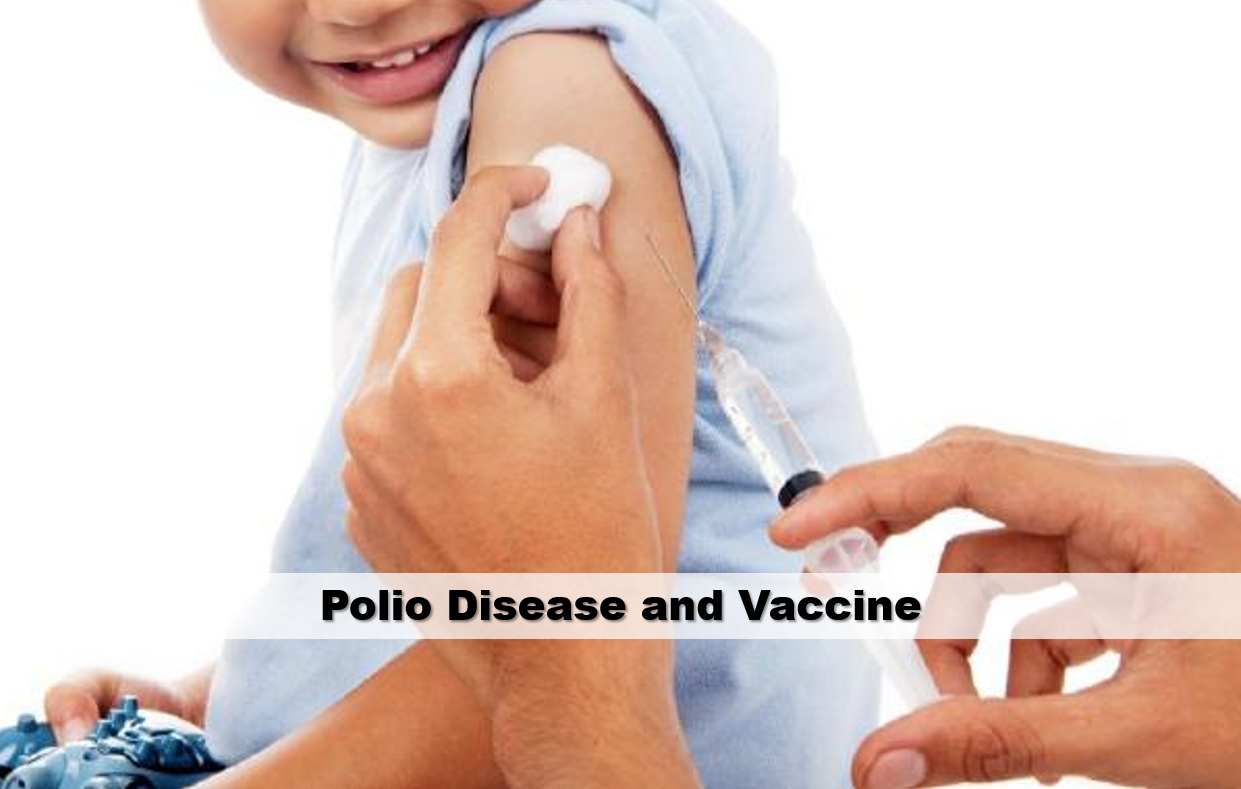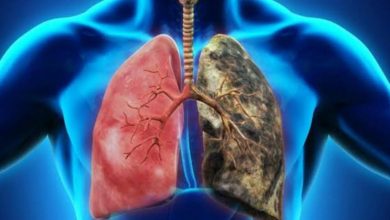What is Meningitis? What are the causes of the disease?

What is Meningitis? What are the causes of the disease?
Acute or chronic inflammation of the pia and arachnoid membrane surrounding the brain and spinal cord caused by infectious and noninfectious disease is called meningitis. Meningitis is a serious infection that can be seen in almost every age group. Acute bacterial meningitis (ABM) is a serious infectious disease that can cause high mortality. Factors causing meningitis; bacteria, viruses, fungi, spirochetes, rickettsia, protozoa, helminths and other factors. Streptoccocus pneumoniae, Neisseria meningitidis and Haemophilus influanzae are the bacteria responsible for 80-85% of acute bacterial meningitis.
What are the causes of the disease?
Meningococcal disease caused by Neisseria meningitidis is one of the most important causes of morbidity and mortality in children and young adults all over the world. The bacterium Neisseria meningitidis (meningococcus) causes various illnesses. Among these, the most common and the most dangerous are meningococcemia and meningitis.
How Is the Disease Transmitted?
The only reservoir in meningococcal infections is human. In meningococcal meningitis, transmission occurs through direct contact or droplets from the nose or throat of the infected person.
Is the disease inherited?
Meningococcal meningitis is not an inherited disease.
What are the Symptoms of the Disease?
There is no single finding that distinguishes meningococcal meningitis from other bacterial meningitis. Meningococcal meningitis cases present with symptoms or signs such as fever, nausea, vomiting, irritability, headache, confusion, neck stiffness, similar to other bacterial meningitis agents. Typical presenting symptoms in meningococcal meningitis are defined as sudden onset of fever, nausea, vomiting, headache, changes in consciousness and myalgia. It is helpful to see purpura and petesial tissues in the systemic examinations of patients with meningococcal meningitis. The most common findings in older children are fever, headache, photophobia, nausea, vomiting, confusion, lethargy and changes in consciousness. The most common findings in the period of milk childhood are fever, hypothermia, lethargy, respiratory distress, jaundice, feeding difficulty, gushing vomiting, diarrhea, convulsion, irritability and / or fontanel bulging.
Who is at Risk of Disease?
The bacteria are transported in the throats of about 10% of people, and especially those who live in crowded environments such as children, students and soldiers, those who are both crowded and traveling to risky areas such as pilgrims, those with complement deficiency, asplenics and those with immunodeficiency by taking it, they can become seriously ill.
How is the course of the disease?
While the disease is asymptomatic in most people with Neisseria menigitidis infection, it can sometimes cause invasive diseases such as sepsis and meningitis. Patients
10-14% is lost despite effective antibiotic treatment and 20-40% develop neurological sequelae.
What are the complications of the disease?
Disseminated intravascular coagulation, acute adrenal insufficiency, endocarditis, septic arthritis, subdural effusion, hydrocephalus, localized ventriculitis, cortical thrombophlebitis, neurological sequelae epilepsy, mental retardation, learning difficulties, brain abscess, hearing loss, intellectual dysfunction, personality changes, dizziness, gait disorders, blindness, paresis, paralysis, etc.

What Are The Treatment Methods Of The Disease?
Meningococcal meningitis is an urgent disease and treatment should be initiated immediately in patients suspected of meningitis. In order to start antibiotic treatment, the results of microbiological and serological tests should not be expected and the first dose of antibiotics to be used should be given within 30 minutes. Some rules to remember in the treatment of meningitis:
Antibiotics i.v. should be applied in a way,
Bactericidal antibiotics with the least side effects should be preferred.
- – The physician in a health institution where LP cannot be performed or CSF cannot be examined even if it is done, should refer the patient to a hospital where this procedure can be performed after giving the first treatment dose, patients should not be treated at home or in a polyclinic
- – In a patient who applies to a hospital where LP can be performed, treatment should be started immediately after the preparation of stained CSF is made,
- -An antibiotic combination that will provide a wider antibacterial spectrum should be considered in patients with underlying diseases, immune deficiencies, traumatic and post-operative meningitis,
- – If possible, antibiotics known to pass CSF well should be preferred.
Intravenous ceftriaxone treatment should be given immediately to children who are thought to have meningococcal infection after sampling for blood culture or PCR and who have the following risks: Since the half-life of ceftriaxone is long, it gives the patient 12 hours.
- If petechiae spreads
- If the rash becomes purpuric
- If there are signs of bacterial meningitis
- If there are signs of meningococcal septicemia
- If infection is suspected by the physician
Penicillin G (250.000-400.000 / kg / day) is still the first choice antibiotic for meningococcal septicemia and meningitis. Third generation cephalosporins should be preferred in the treatment of cases resistant to penicillin. Cefotaxime (200 mg / kg / day) or ceftriaxone (100 mg / kg / day) can be given instead of penicillin. Duration of treatment is 7 days. One of the most important stages of treatment is supportive treatment. Patients should be monitored in the intensive care unit, and complications such as shock, DIC, and cerebral edema should be detected and treated on time.
How is the disease diagnosed?
Clinic is very important in the diagnosis of meningococcal infections. Determination of the infectious agent and laboratory diagnosis are essential for a definitive diagnosis. In every patient presenting with fever and petechiae, meningococcal infections should be considered in the foreground. Blood culture and CSF culture are required for definitive diagnosis. In addition, the agent can be shown in the biopsies of the lesions in the skin. Detection of bacterial DNA by polymerase chain reaction (PCR) has become an important diagnostic method in the diagnosis of meningococcal diseases in recent years.





